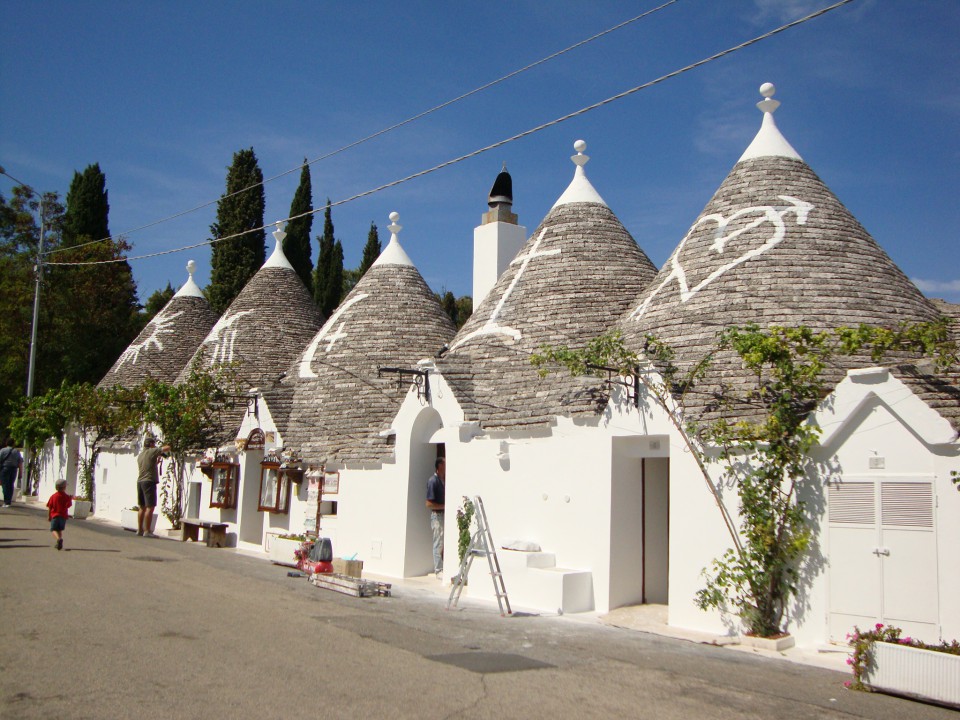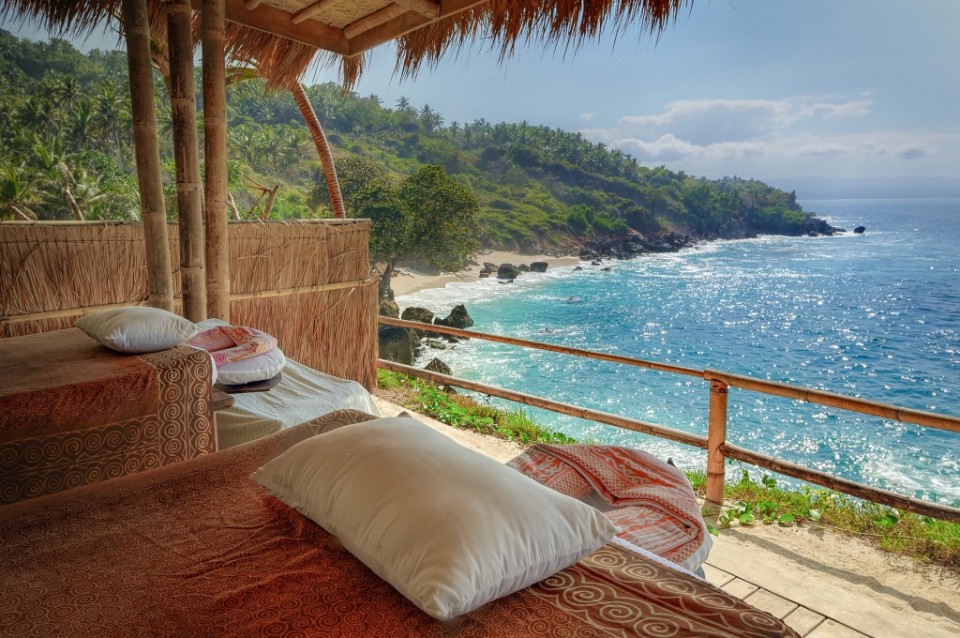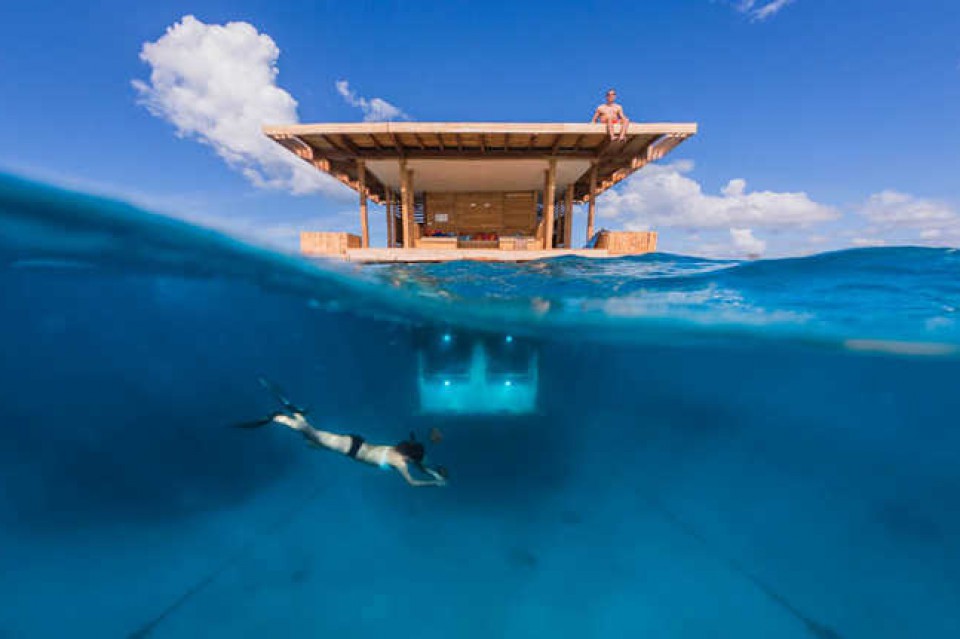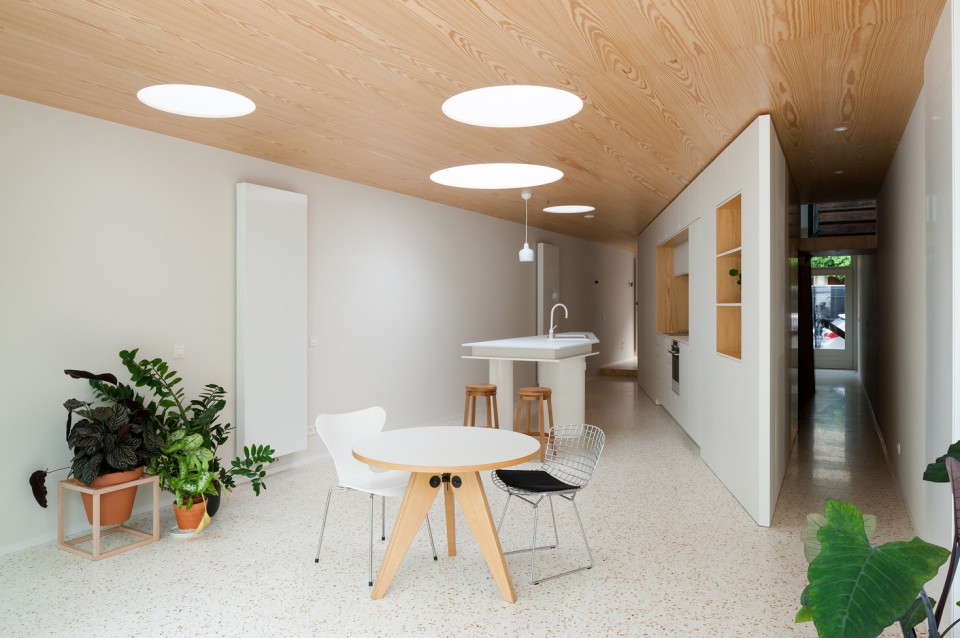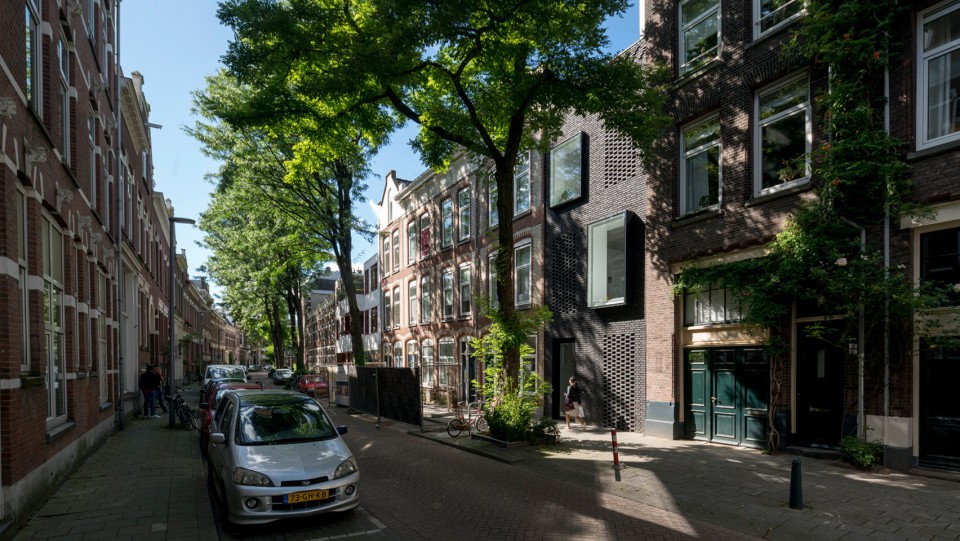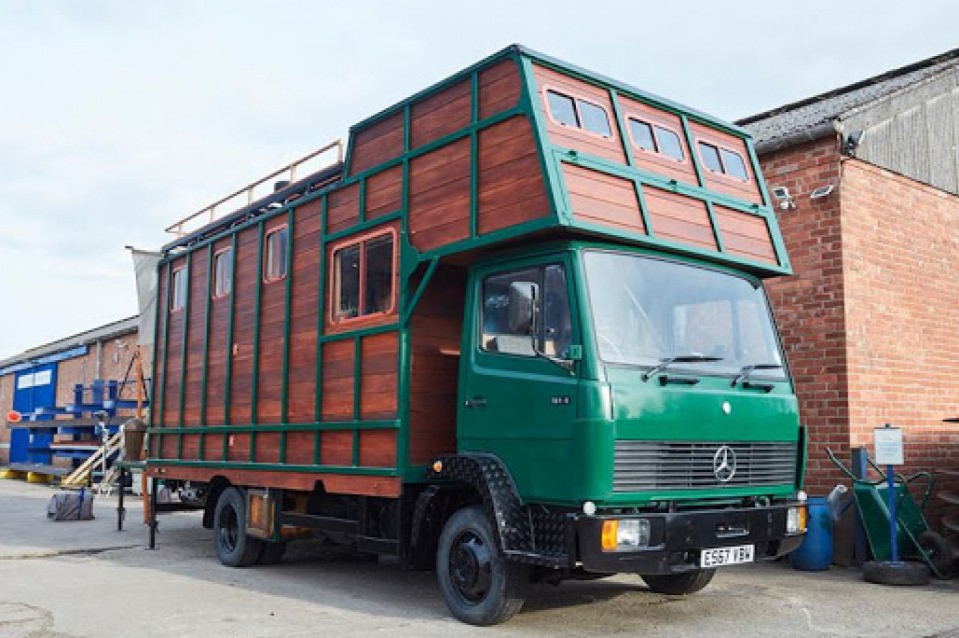8 Traditional Houses in Different Countries that Show Every Country Has Its Own Culture and Characteristics
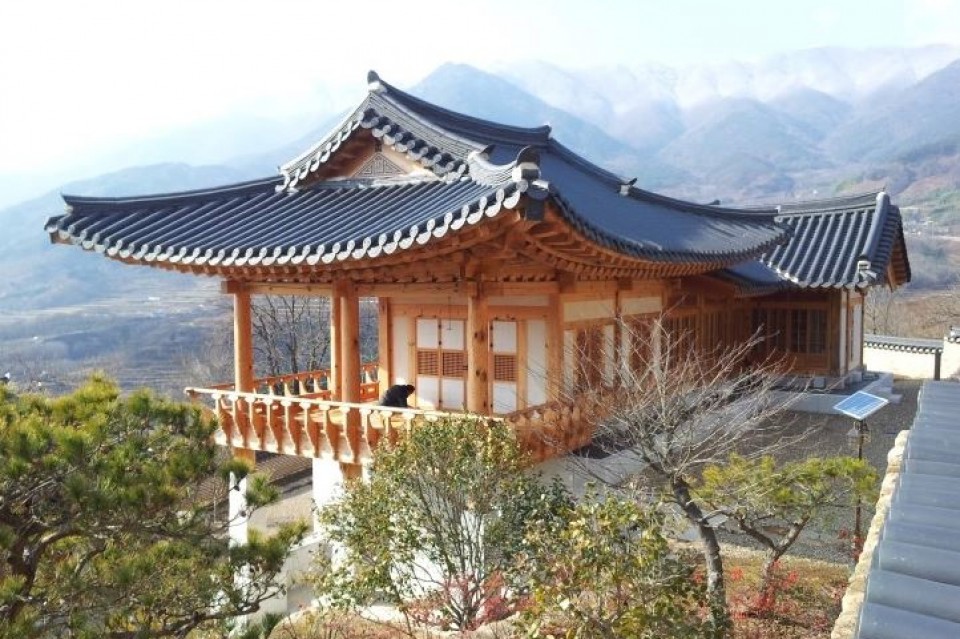
Traditional houses are one of the cultural treasures of every country. The existence of designed houses shows the development of technology and shows the history of each place. Various kinds of traditional houses are also still used in various regions of the country for generations and without change or with very little change. Every traditional house in every country has its own story and culture. Here are some traditional house designs from other countries.
Minka, Japan
Just like Indonesia, Japan also consists of various regional prefectures with their own traditional houses. Such as the typical Japanese royal roof for the residence of the powerful, or a triangular roof that is larger than the body of the building as in the minka house, which is a house for ordinary people. The minka itself is also designed differently in each region.
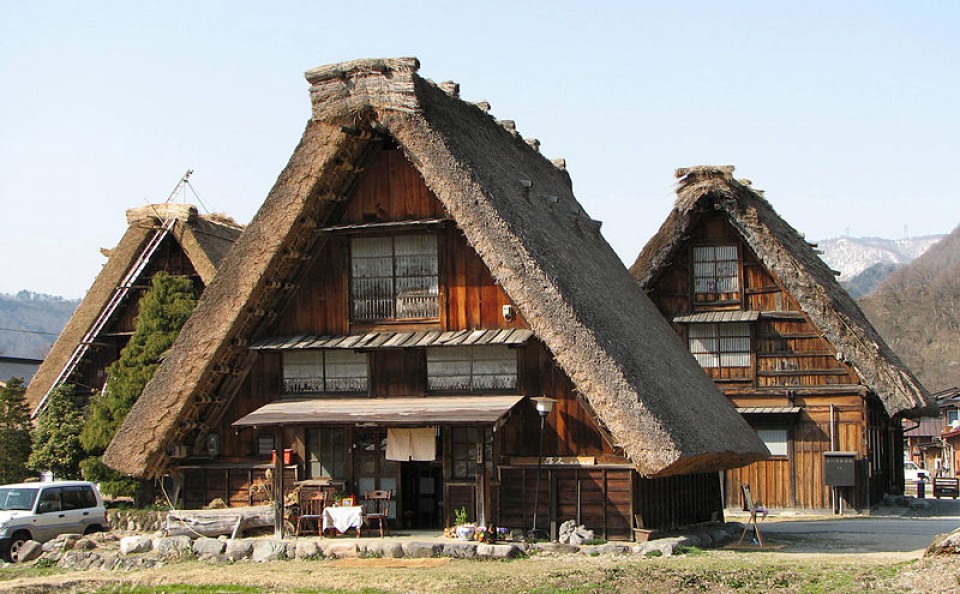
This traditional Japanese house has different characteristics from other traditional houses in its basic structure, roof, and shape. The minka itself developed through history with a distinctive style seen in the Edo period. In the floor design, there are two kinds of arrangements that can be applied, namely the use of tatami with a standard size or based on the location and space between the columns. The harmony between the form and the materials is distinctive and unique.
Iglo, Kanada
This unique house made of snow is certainly not unfamiliar to many people. Temporary houses with a dome shape composed of blocks of snow are known as Inuit or Eskimo dwellings. Apart from using snow, houses are also commonly built covered with whale bones or animal skins. Although made of snow, this house feels warm inside. Snow itself is very suitable as an insulator from cold weather.
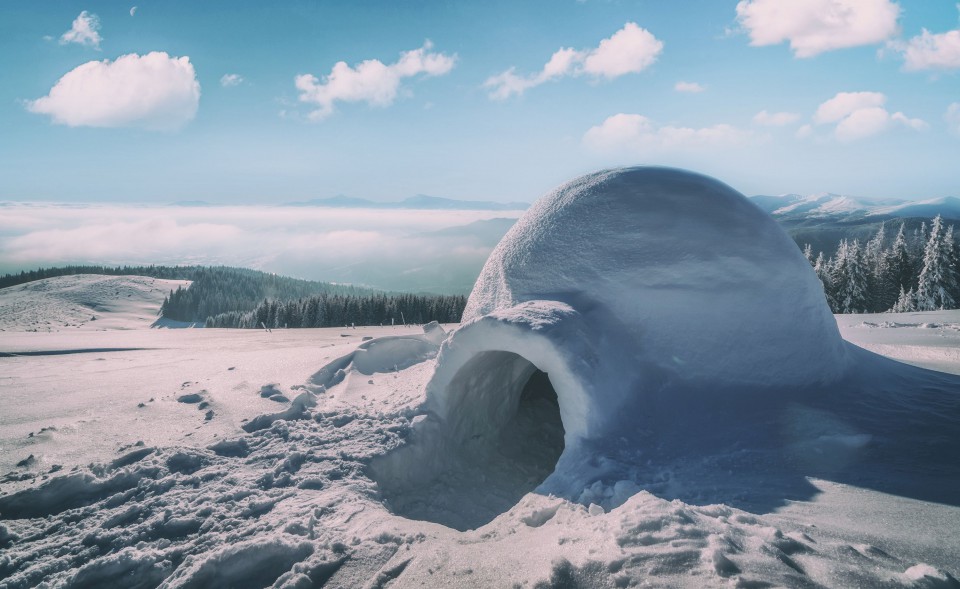
Igloo itself consists of 3 types, namely small types that are used temporarily, semipermanent for families, and large-sized for certain events that can accommodate up to 20 people. The igloo itself consists of a main room in the dome, an entrance tunnel, and also windows and vents so that light still enters the dwelling.
Izba, Rusia
A traditional house located on the outskirts of the city that is composed of wooden bars. It is usually built close to the road and within a courtyard that also has a kitchen area, garden, barns and a woven fence. The ornate carvings on the wood of the facade add to the beauty of the building.
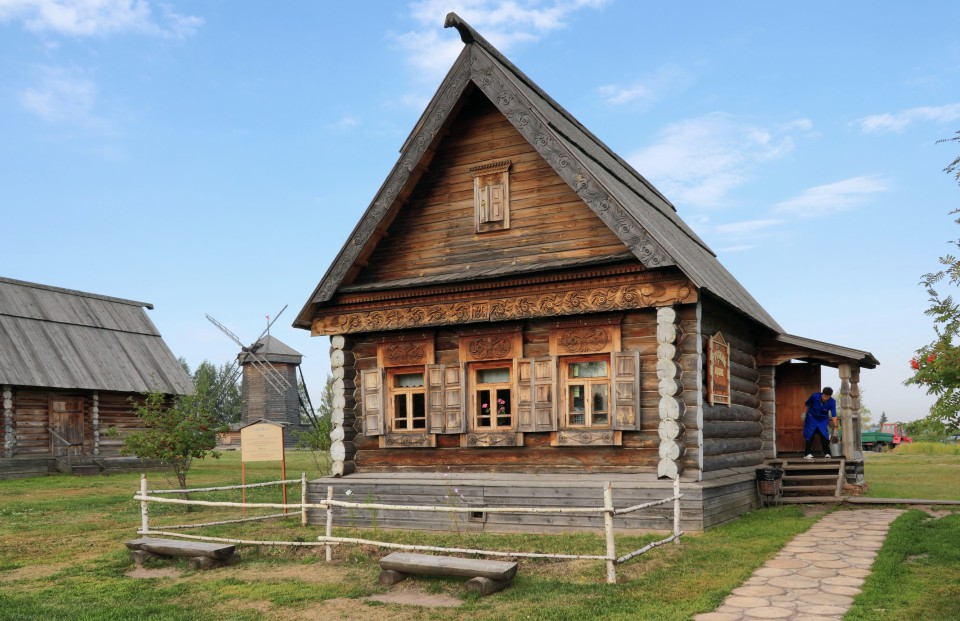
For both the interior and exterior, you can see that the walls are composed of pine logs with clay in between. Wooden bars were a dominant part of Russian vernacular architecture until a few centuries ago. Today, however, wooden izba house designs are more often seen in cottage dwellings or wine cellars.
Turf House, Islandia
Iceland is known for this unique house. The house is surrounded by grassy land around the house, making the residence feel one with the ground. This turf house itself consists of a stone foundation and wooden frame. Each wooden frame is paired with a block of grass soil.
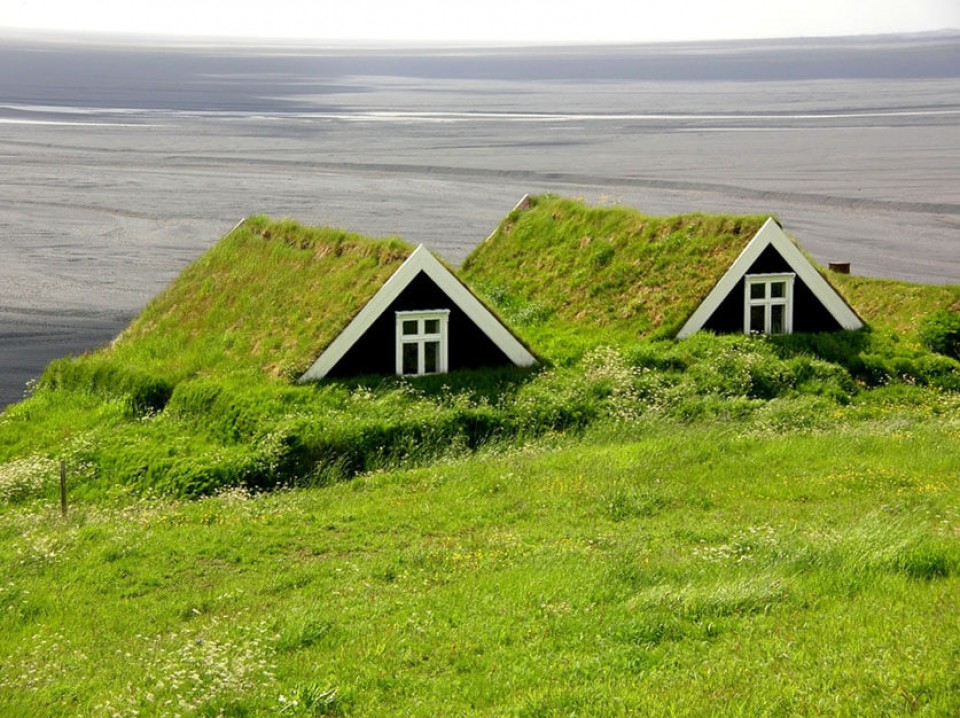
Usually the foundation on which these dwellings are based consists of a flat stone foundation. The entire area is covered with grass except for the doors and windows. For the floor, the use of materials will depend on the use of the building.
Hanok, Korea
Traditional Korean architecture is very mindful of its location and environment. Geographical location and seasonal considerations influence the design. The design of the house follows the rules of the ideal house where the building has its back to the mountain while in front there is a river. Orientation facing east or south guides the house to get enough sunlight.

The house is built from natural materials such as wood, earth, stone, straw, tiles and paper. The poles and framework are made of wood while the wall filler is made of bricks mixed with earth and grass. This traditional dwelling is equipped with an ondol, which warms the floor of the house during winter. Korean curved roofs are also seen on this building.
Trullo, Italia
This cone-shaped house is reminiscent of fairy tale dwarf houses. Originating from the Puglia region of southern Italy, it is built of stone and the walls are made very thick, from 0.8 meters to 2.7 meters, to keep the indoor temperature the same in all seasons.
The basic shape of the building is designed to be circular or square. The facade itself can be designed with various perimeters. There are buildings that seem to hide the roof by raising the walls of the house or even making the roof exposed. There are also not many window openings in this traditional house.
Irish Cottage Thatched Roof, Irlandia
One of the most recognizable features of a traditional Irish house is its roof. The use of thatch material and also its unique shape characterize the building. The traditional house, which was originally a hut with a thatched roof, has evolved into a more stylish residence with adjustments to its environment.
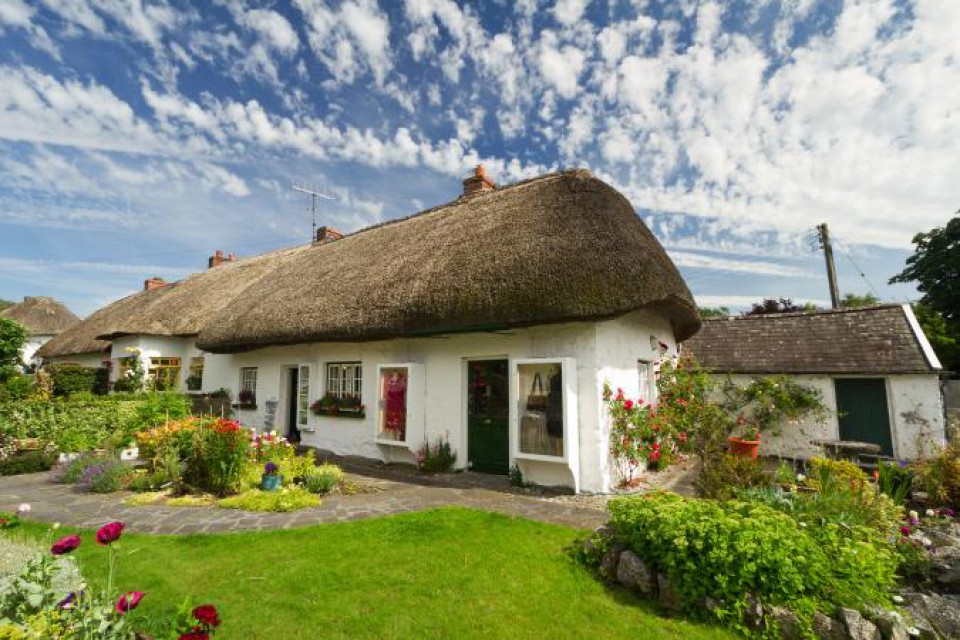
The roof of this irish house is considered to have aesthetic value so that various forms are built while still emphasizing the straw. There are various types of irish houses from small, level, to the most popular with space heating in the center of the dwelling. The use of the attic becomes a sleeping area for the residents.
Traditional Holland House, Belanda
This traditional Dutch architectural house is quite distinctive. There are various design forms from triangular to curved and pointed on the roof. This diversity is of course connected to the harmony inherent in the residential design, namely the bright colors and decorative elements on the facade
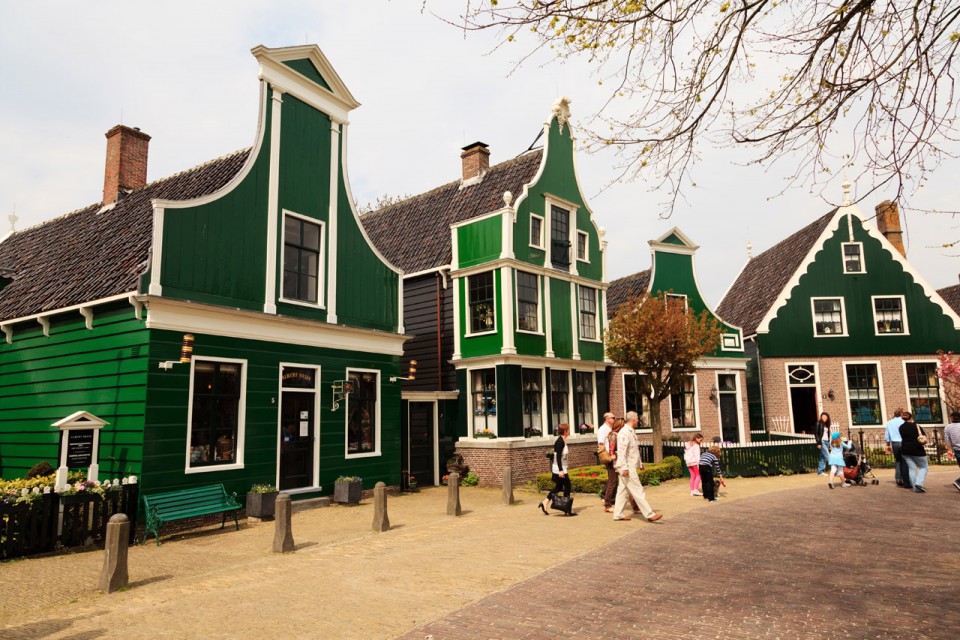
Of course, because Indonesia is a country that was once colonized by the Dutch, we often see this house formation in various heritage areas in cities in Indonesia. Therefore, Indonesians will not feel unfamiliar with the formation of houses from the country of windmills.
Also read: These 10 Alluring Indonesian Traditional Houses Show That Indonesia is Rich in Diversity

